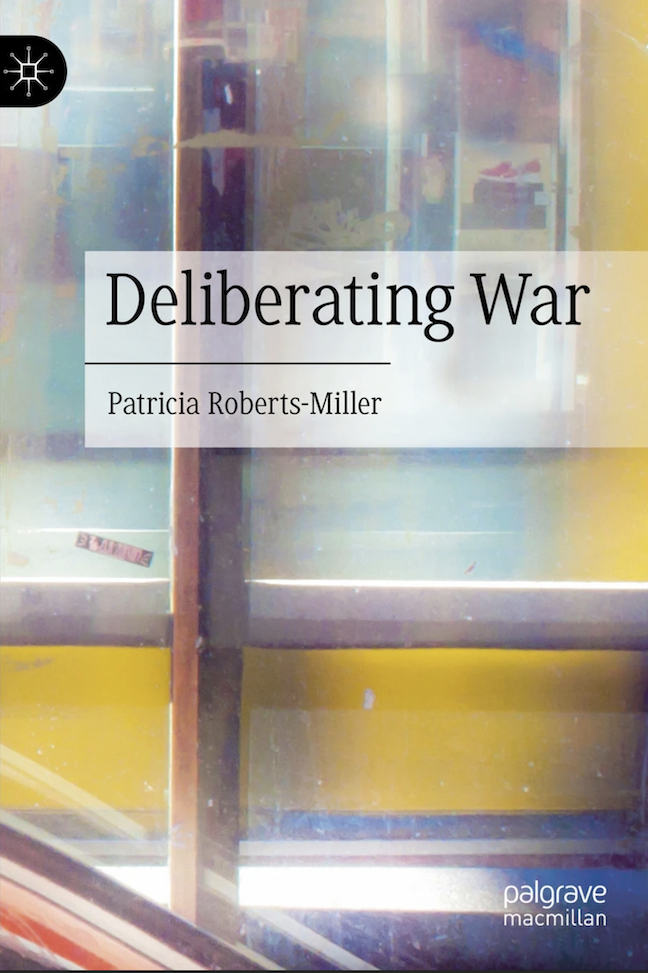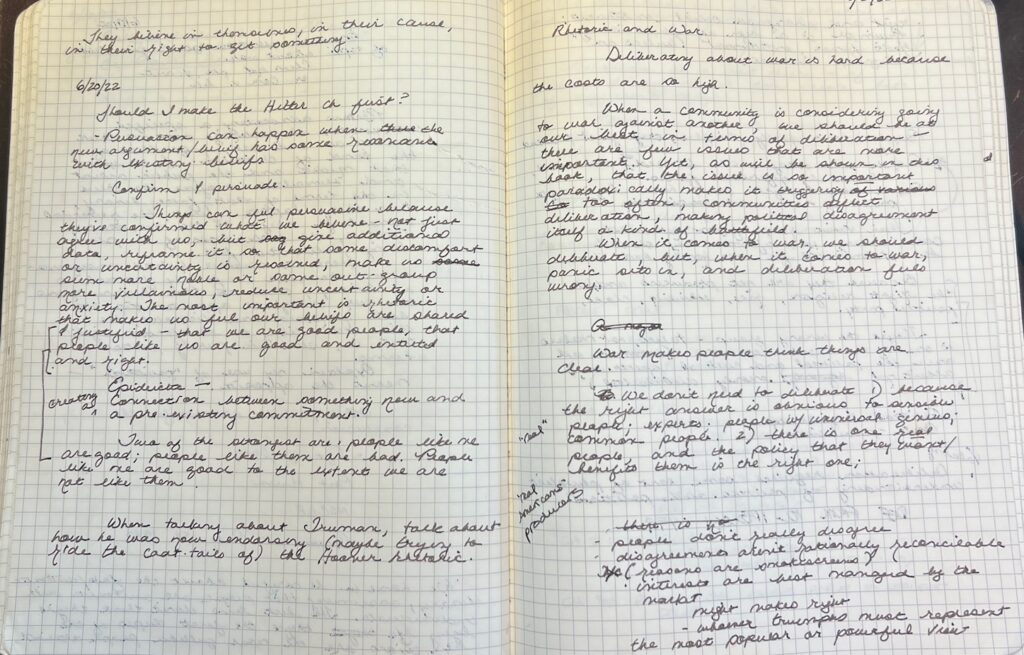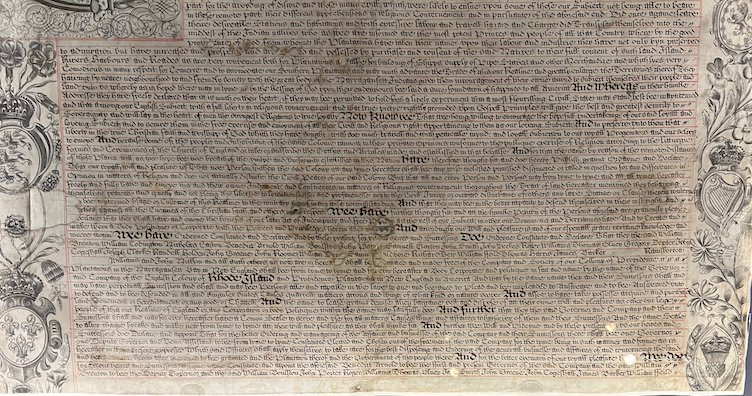
Hey all, I was on a fun podcast with Johanna Hartelius and Jason Micheli, talking about demagoguery and the most recent book.
Retired Professor, Writing Center Director, Scholar of train wrecks in public deliberation

Hey all, I was on a fun podcast with Johanna Hartelius and Jason Micheli, talking about demagoguery and the most recent book.

When we have taken time and trouble to learn something, we tend to value it—simply because it was a PITA to learn. So, when something gets taken out of the K-12 curriculum, people of a certain generation can have a gleeful “kids these days” moment. When I was young, memorizing the state capitols was dropped from the curriculum in a lot of places, and I remember hearing people bemoan the debacle that had come to be known as education. As it happens, when I’m bored, I will sometimes try to write the states in alphabetical order. If I’m really bored, I’ll then try to identify each state’s capitol. I usually fail. My life would be no worse had I not been taught to memorize the capitols.
[ETA, since, apparently, I was unclear on this point: I don’t remember the state capitols because, between fourth grade and until I was an adult in boring meetings, it was never a skill I needed. Something that you’re forced to learn that you then never or rarely learn is something you forget. That some people in some very specific fields might find that knowledge useful doesn’t mean that it should be a required part of K-12 curriculum.]
As it happens, I write in cursive a lot. It is useful for taking notes quickly, although nowhere near as useful as shorthand—which I was never taught. If we’re concerned about people being able to write quickly, then we should teach shorthand.
When I was teaching, I had some students who wrote exams in cursive, but very few It’s faster to write an exam in cursive, but not necessarily a good choice. Even I think cursive is harder to read, and rhetorically it’s a poor choice to irritate a grader by writing in a way that takes extra time to decipher.
A lot of students wrote in what amounts to italics, and that made a lot of sense (sloped and somewhat looped, but without special characters for letters like capital Q). It’s as fast as cursive, but doesn’t take any particular training to write or read.
The other argument I hear for taking class time to teach cursive is that people won’t be able to read historical documents. This argument puzzles me. Printed documents tended to be in block letters from the beginning of the 19th century. Books were in block letters long before that. Some documents are in cursive (especially proclamations), but not always the same cursive.
I read a fair number of historical documents, and I do get a thrill when I’m looking at an original version of something like the Magna Carta or Declaration of Independence. But it’s that it’s the thing, not that it’s in cursive. I’m not sure that a person understands the document any better if they read it in cursive rather than block letters.
And, in fact, what makes reading those documents difficult isn’t the cursive, but first and foremost the content. The historical context, references, genre. The language is often archaic, and usually invokes legal or philosophical concepts that are unfamiliar. To the extent that deciphering them is hard, it isn’t because they’re in cursive, but usually that the font is serif, and the kerning is confusing. And they aren’t always in cursive. For instance, knowing cursive doesn’t help someone read the Rhode Island charter.

So, really, people need to stop worrying about not teaching cursive. What we should really be getting upset about is that students aren’t being taught geology, sex ed, history, argumentation. I don’t care if it’s in cursive or not.